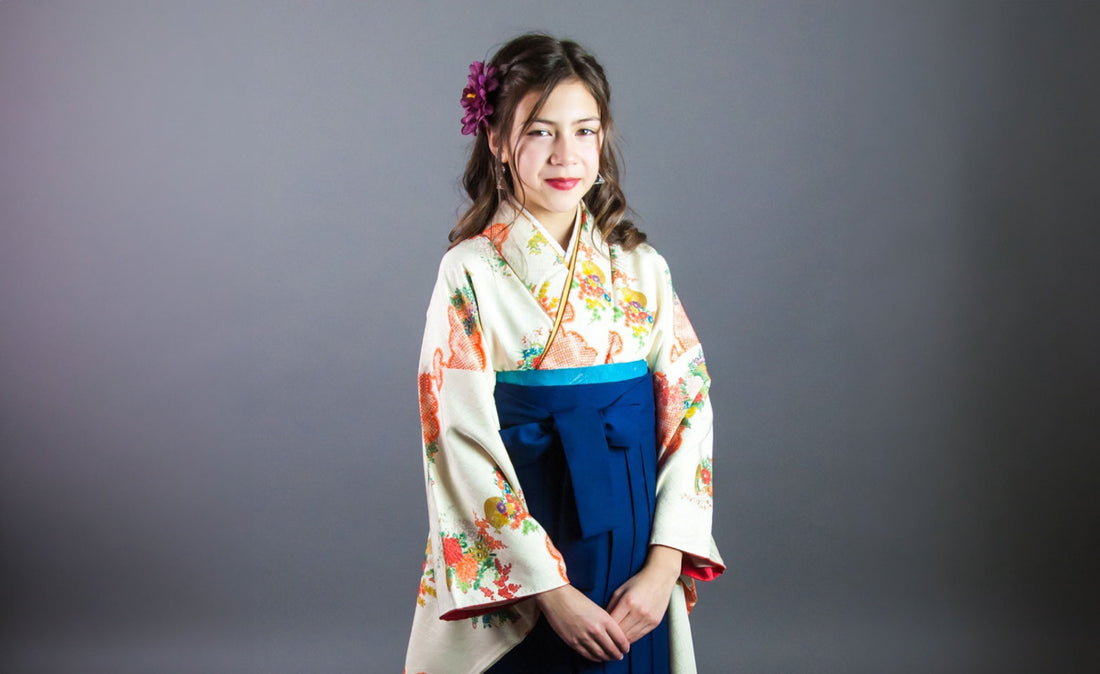
The Mystique of Hakama: Exploring Tradition and Style
Share
Can anyone wear a hakama?
The allure of Japanese traditional attire extends beyond borders, and one iconic piece that captures the essence of elegance and tradition is the hakama. A common question that arises is whether anyone can wear a hakama. Unlike some strictly gender-specific garments, the hakama is more inclusive. Originally worn by samurais, the hakama is now a versatile garment open to both men and women. Whether you're participating in martial arts, attending a traditional ceremony, or simply embracing the cultural flair, the hakama welcomes enthusiasts from all walks of life.
Is hakama a skirt or pants?
The unique silhouette of the hakama often sparks curiosity about its classification as either a skirt or pants. The answer lies in the harmonious blend of both. The hakama features wide, flowing legs that provide the freedom and comfort associated with pants, while the overall appearance resembles a skirt. This distinctive design not only adds an element of grace but also serves a practical purpose. Originally worn by samurais to hide their leg movements and give the illusion of floating, the hakama's combination of skirt-like elegance and pants-like functionality makes it a truly distinctive piece of traditional Japanese attire.
Is hakama and kimono the same?
While both the hakama and kimono are integral components of traditional Japanese clothing, they serve distinct purposes and have unique characteristics. Unlike the kimono, which is a one-piece garment with straight-line stitching, the hakama is a divided skirt or pants, often worn over a kimono or other traditional attire. The kimono is associated with formality and is typically worn during special occasions, while the hakama, rooted in samurai culture, is more functional and practical. The hakama's association with martial arts, tea ceremonies, and academic ceremonies sets it apart from the kimono in terms of both style and usage.
What is the female version of hakama?
In the realm of traditional Japanese clothing, women also have their version of the hakama. These female versions retain the essence of the hakama but are tailored to complement the feminine form. The legs are often slightly narrower, and the overall design may feature additional embellishments or vibrant colors. Whether worn for martial arts training, ceremonies, or cultural events, the female hakama preserves the elegance and cultural significance while embracing a design that resonates with the grace of traditional Japanese femininity.
